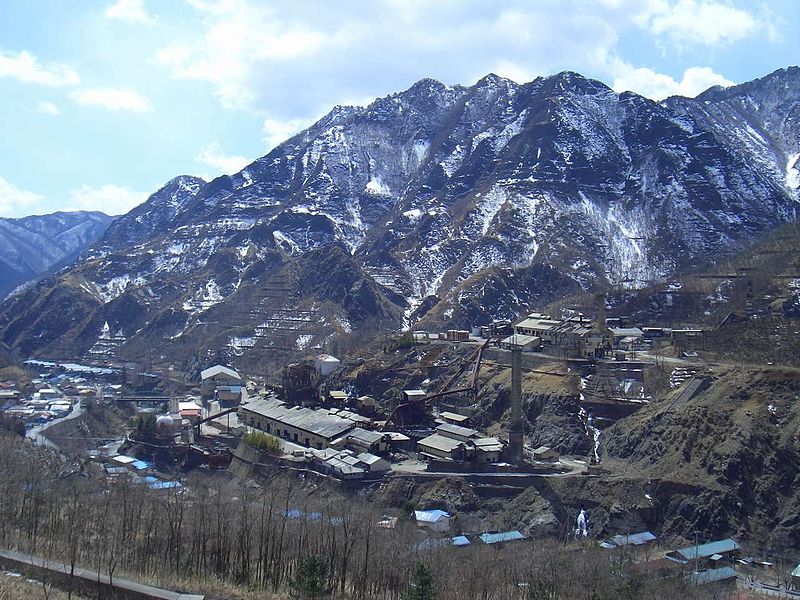Ashio Copper Mine, Japan
This week in urban exploration for the armchair traveler, another Japanese city-turned-wasteland. This time around it’s the industry town of
Founded in 1610, for hundreds of years the town performed a vital function for the country. Copper mining and processing were key to its growth and survival and during its glory days, the copper mine produced around one-third of the total output in
But, as was common back in the days before proper safety and environmental standards, things went bad. Poor practices led to the town’s smelters poisoning the surrounding region with leaked sulfurous gases. In the late 19th century, people began to notice the effects of all the industrial activity as the waters in surrounding rivers began to change colors and the life in them died off. Despite attempts at change, riots from those being affected by the industry would eventually force the mine’s closure, though not until much later in 1973.
What remains is a shell of a city, including the factory and mines themselves, though the latter are shut off from the public for reasons of safety. There is also an old railroad station, power station, temple, school and numerous apartments where workers once lived. All of it is in a serious state of decay and much of it is better looked at than directly explored.
For those that want to see the way the mines worked but aren’t up for checking out the city on foot, there are tram tours available as well. Unfortunately, I've been unable to find any direct link to a company that runs the tours, so you might have to find that information directly in Ashiodozen. I did, however, manage to find an archive of some amazing pictures of the actual town, put together by urban explorers that have already made the rounds there.
Ashio Copper Mine photo courtesy of Modeha via Wikicommons
